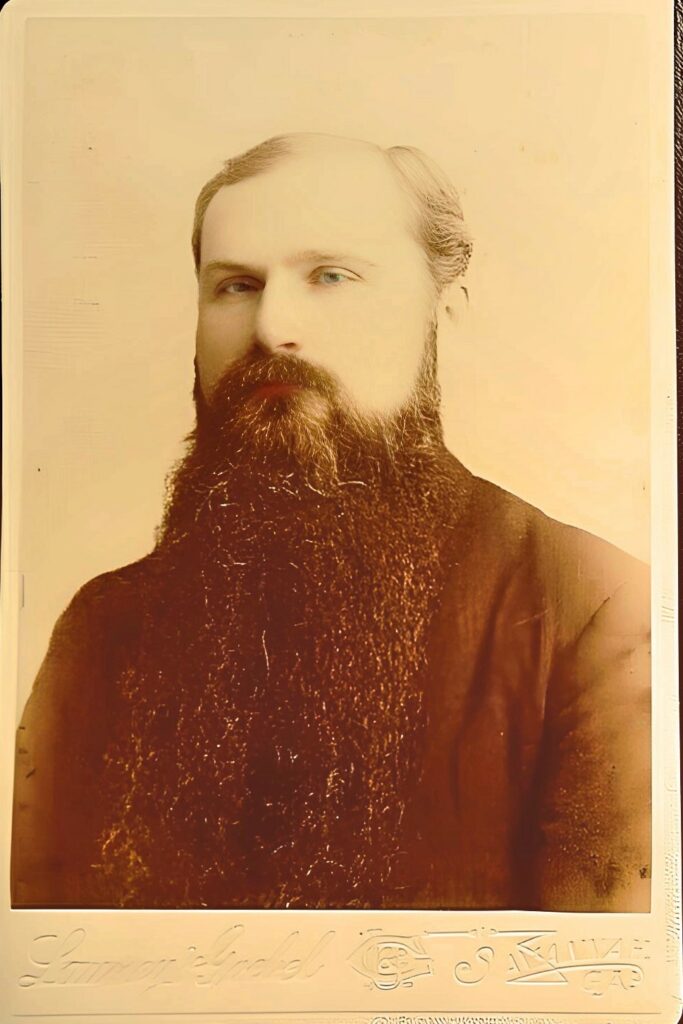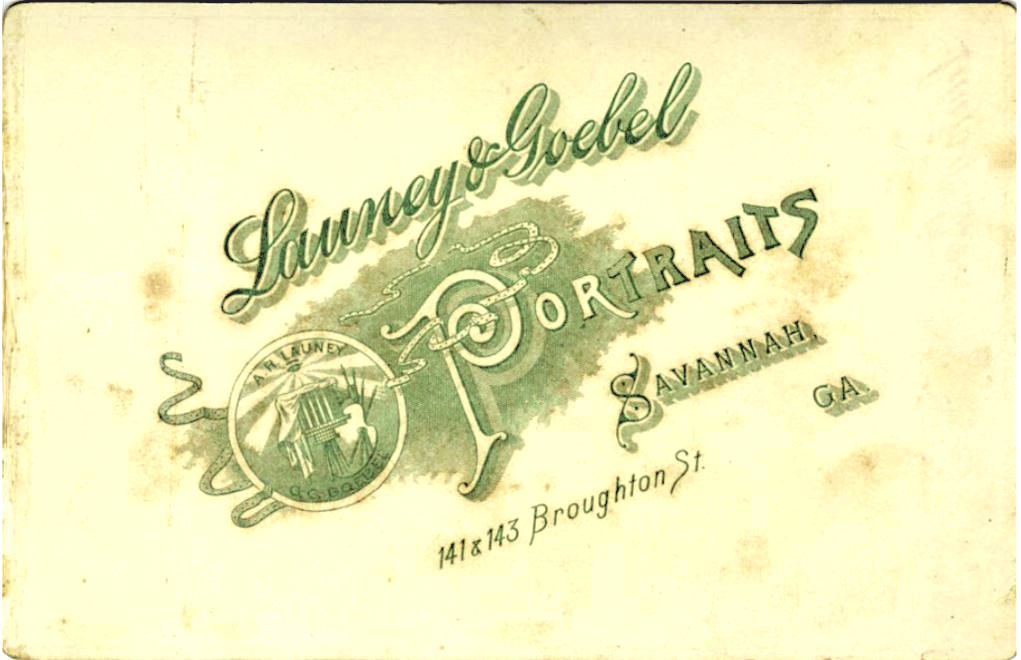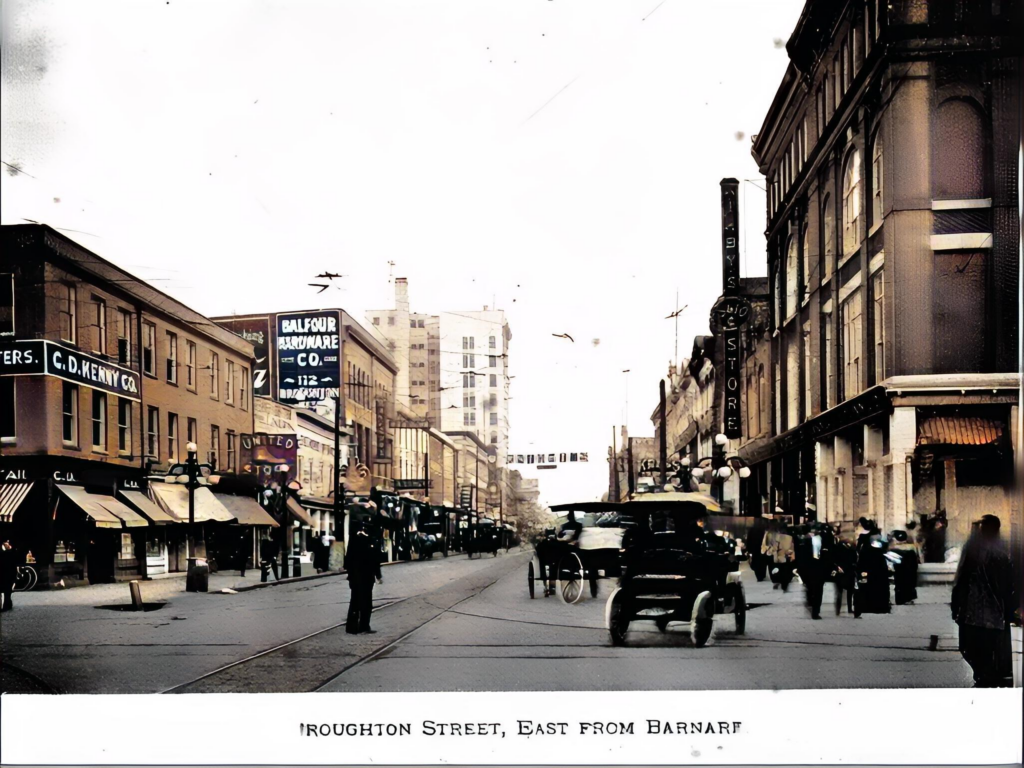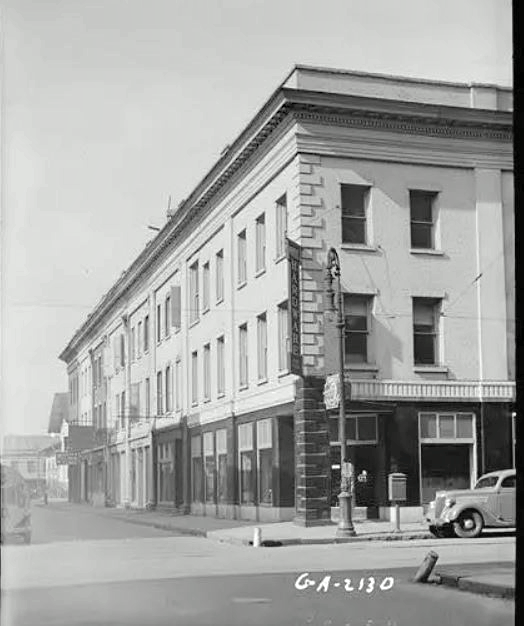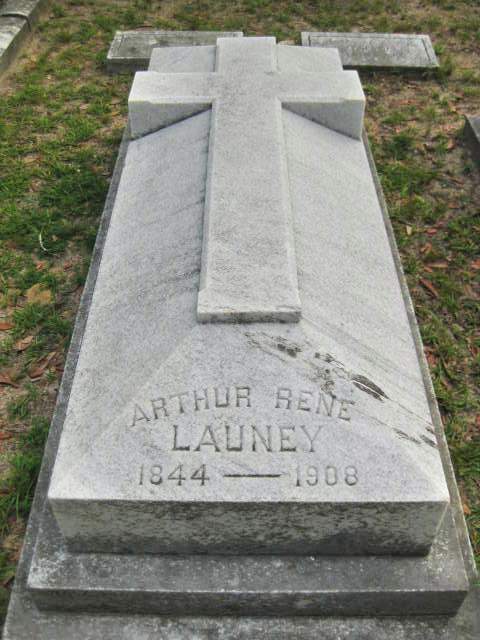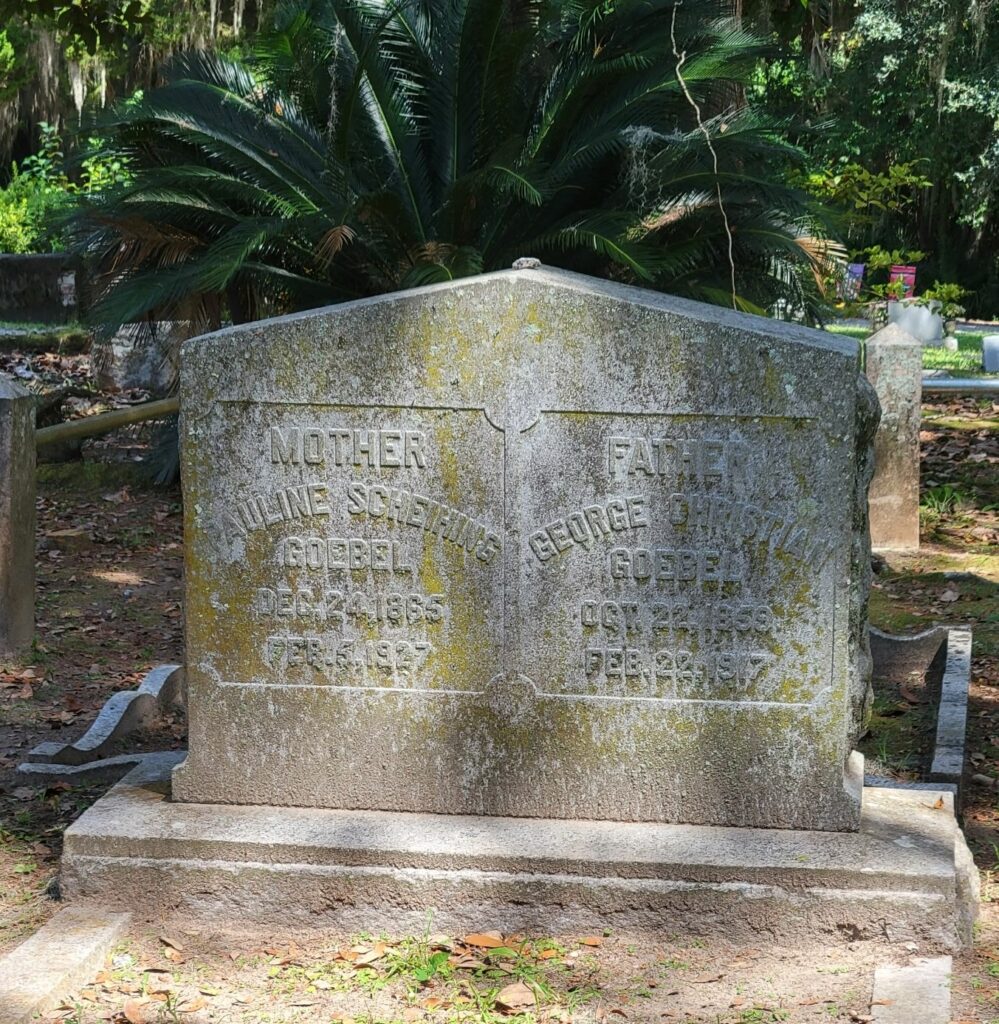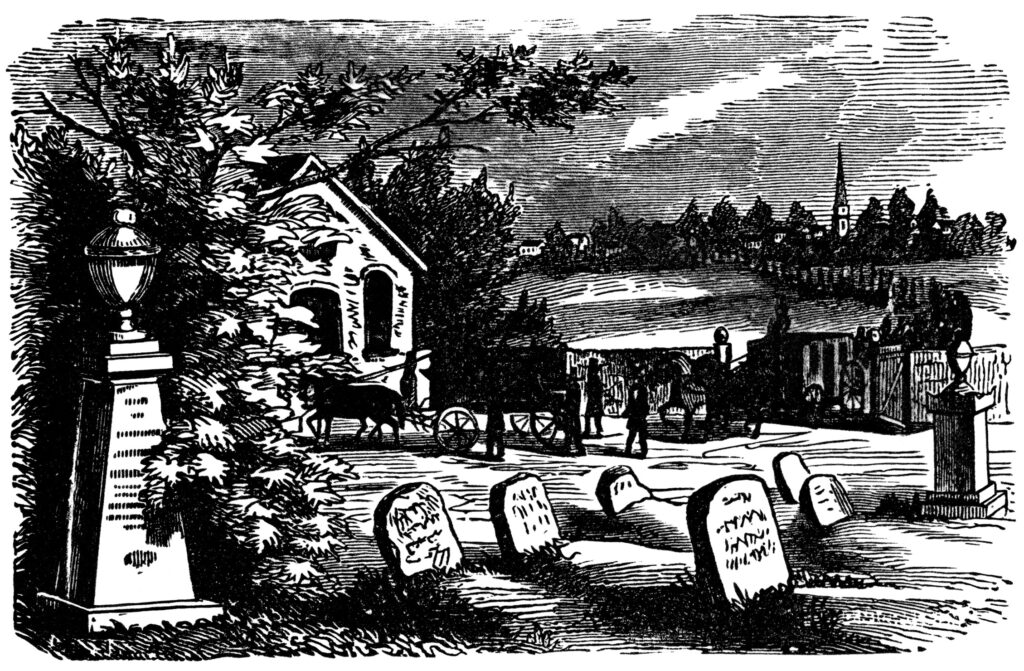Happy National Beard Day! For those that grow and groom, you come from a tried and true testosterone tradition. It is either natural or earned & cannot be faked!
This gem of an unknown gentleman popped into Launey & Goebel Photography between 1888 and 1892 and perhaps stopped by a barber just prior or a horse tail groomer first! Launey & Goebel were originally positioned in what is now 141-143 Broughton Street (Barnard St.), where you today find The Gap inside of the old S.H. Kress Drugstore building that operated from 1923-1997. Albeit if you look at the old postcard of Broughton St., you can see to the immediate lower left, the earlier site building where Arthur Launey and eventual partner, George Goebel, first held residency.
These were classic dark room fellows and while not looking directly at their death certificates, I’m left wondering about how their craft may have contributed to their early deaths. Arthur Launey died in 1908 at 54 (or 63, birthdate varies), with George Goebel (as in Goebel Ave), who died at 57 in 1917. At the time of their deaths, their studio was at 31 Whitaker St (W. Congress) – “Across from Paula Deen’s Y’all! – which houses numerous enterprises today. This building is said to have been built by one of Napoleon’s officers after The American Revolution using wood from his vessel. Notably in the subterranean or basement side corner, you can still see a brick tunnel entrance which may be older than the street-level structure. While Sons of Liberty record is hard to come by, a former owner of the building cited it had been used by them for secret meetings which fits nicely with the former location of rebel tavern, “Tondee’s Tavern” just south of this building at Whitaker St., where The Coffee Fox (rhymes with Swamp Fox), now stands. Why do we bring this up? Because this is the stuff men with beards often like to know!
After Goebel’s death, it appears Launey’s daughter Ira Garnet, took over the company until 1924 and then vanished from company directories by 1926. Both men are buried in Bonaventure and from what we know, their facial hair still growing (too soon?) Happy Beard Day to all!

